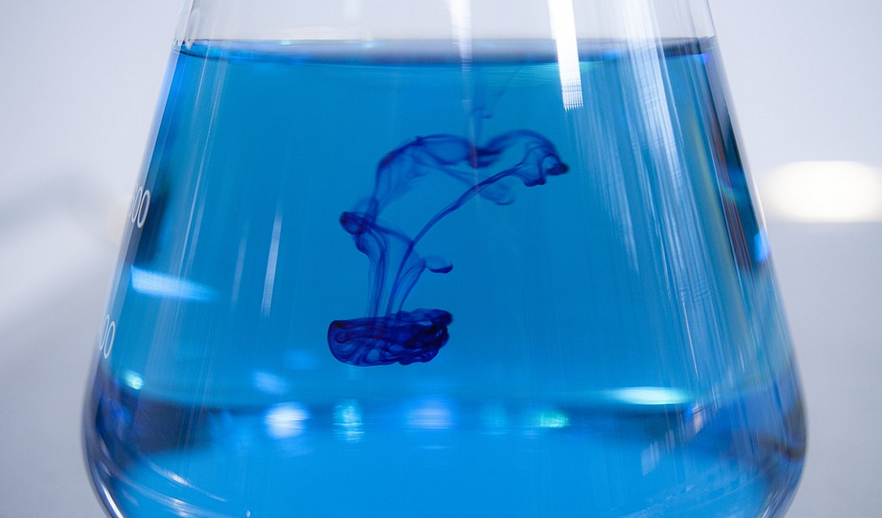Introduction
Adderall is a common medication used to treat attention deficit hyperactivity disorder (ADHD) and narcolepsy. It has become increasingly popular in recent years due to its ability to increase focus, concentration, and productivity. However, many people are unaware of the chemical composition of this drug and how it works in the body. In this article, we will explore the chemical makeup of Adderall and how it affects the brain.
What is Adderall?
Adderall is a stimulant medication that contains two active ingredients: amphetamine and dextroamphetamine. These chemicals work together to increase the levels of dopamine and norepinephrine in the brain. Dopamine is responsible for feelings of pleasure and reward, while norepinephrine is responsible for alertness and attention.
Amphetamine
Amphetamine is a central nervous system stimulant that has been used for many years to treat ADHD, narcolepsy, and obesity. It works by increasing the release of dopamine and norepinephrine in the brain, which leads to increased alertness, concentration, and mood. Amphetamine is classified as a Schedule II drug, which means it has a high potential for abuse and dependence.
Dextroamphetamine
Dextroamphetamine is a type of amphetamine that is more potent and has a longer duration of action than other types of amphetamines. It works by increasing the release of dopamine and norepinephrine in the brain, which leads to increased focus, attention, and productivity. Dextroamphetamine is also classified as a Schedule II drug.
How Does Adderall Work?
Adderall works by increasing the levels of dopamine and norepinephrine in the brain. These chemicals are neurotransmitters that are responsible for transmitting signals between nerve cells. When dopamine and norepinephrine levels are increased, it leads to an increase in focus, attention, and mood.
Effects on the Brain
When Adderall is taken, it stimulates the release of dopamine and norepinephrine in the brain. This leads to an increase in activity in the prefrontal cortex, which is responsible for executive functions such as attention, planning, and decision-making. The increased activity in this area of the brain leads to improved focus, concentration, and productivity.
Side Effects
While Adderall can be effective in treating ADHD and narcolepsy, it can also have side effects. Some common side effects of Adderall include insomnia, loss of appetite, headache, and dry mouth. More serious side effects can include high blood pressure, heart palpitations, and seizures. It is important to talk to your doctor about any side effects you may experience while taking Adderall.
Conclusion
In conclusion, Adderall is a medication that contains two active ingredients: amphetamine and dextroamphetamine. These chemicals work together to increase the levels of dopamine and norepinephrine in the brain, which leads to increased focus, attention, and productivity. While Adderall can be effective in treating ADHD and narcolepsy, it can also have side effects. It is important to talk to your doctor about any concerns you may have about taking Adderall.

